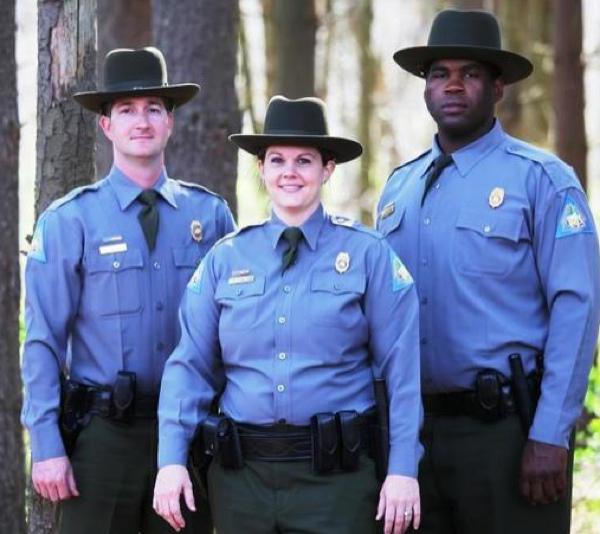
Missouri Dept. of Conservation is accepting applications Until August 29th for its next class of conservation agents!
The Missouri Department of Conservation (MDC) is accepting online applications through Aug. 29 for its next class of conservation agent trainees. Selected candidates will undergo 26 weeks of intense training in all facets of law enforcement and resource management.
Those who make the grade will receive county assignments and become the face of conservation in their assigned communities – enforcing the Wildlife Code of Missouri and helping the public with issues such as nuisance wildlife and land management.
To qualify, applicants must have a bachelor's degree in a field related to the natural sciences or criminal justice.
To apply -- and for more information including salary range, duties and responsibilities, degree requirements, qualifications, and special-ability requirements -- visit the MDC website at mdc.mo.gov/about-us/careers.
For more information, contact MDC Protection Programs Specialist Travis McLain at 573-522-4115, ext. 3261 or Travis.McLain@mdc.mo.gov, or MDC Protection Programs Supervisor Cheryl Fey at 573-751-4115, ext. 3819, or Cheryl.Fey@mdc.mo.gov.





